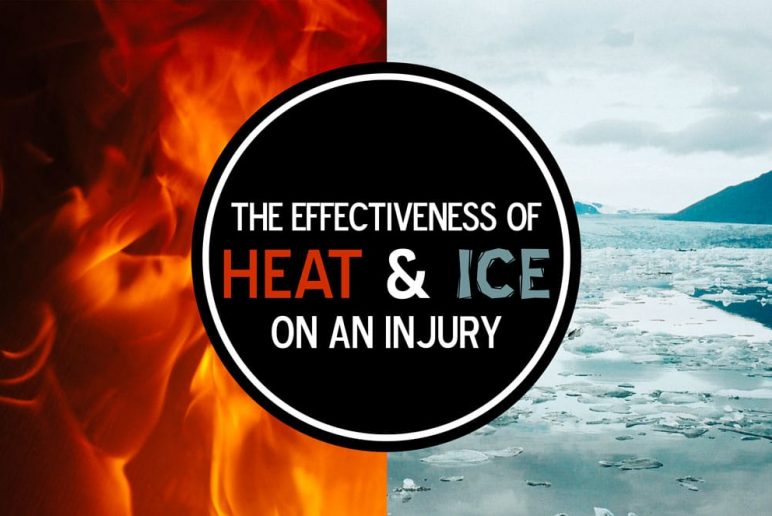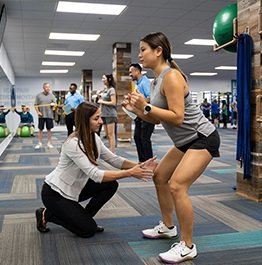
The Effectiveness of Heat & Ice on an Injury
December 01, 2015One of the most frequent questions I am asked is, “when is the correct time to use ice or heat for a painful condition?” Depending on the source of your pain, ice or heat may help reduce whatever it is that is bothering you. Here is a quick guide on what and when you should use either ice or heat, when you have pain.
Ice
What Does Ice Do?
Ice slowly constricts the blood vessels at the area in which it is applied, as well as reducing the process that causes swelling. Ice can also decrease pain by overloading sensors in the skin and causing a numbing sensation.
-
When Should You Use Ice?
Ice is best used after a recent injury. A recent injury is considered to be within 24-48 hours. Ice can also be preemptively used when your muscles are overworked or if you know swelling or muscle spasms are going to occur after the day’s activity. If swelling continues past the 48 hour period after injury, ice is still a good idea to apply up until about 6 weeks. Conditions that benefit from ice are: bruises, sprains, recent tendonitis, and muscle strains.
-
How Should Ice Be Used?
You should apply ice for about 15-20 minutes at a time. You can either use ice in a plastic bag, a commercial gel pack, or a frozen bag of peas with a thin towel between the pack and skin as a protective layer. If you don’t have a protective layer, remove ice after numbness sets in and reapply 20 minutes later.
Heat
What does heat do?
As one can predict, heat does the opposite of ice and dilates blood vessels to bring more blood flow to an area. This results in a relaxing effect for muscles that are tight and allows them to stretch with greater ease. Both heat and ice trick the body into distracting you from the pain by providing another stimulus to pay attention to.
-
When you should use heat?
After inflammation and swelling resolves from an injury, heat can help ease the feeling of stiffness. Also, muscles that feel tight or stressed can benefit from the relaxation effects of heat. Conditions such as chronic back pain, stiff joints, or chronic muscle pain benefit from heat.
-
How Should Heat Be Used?
You should have some sort of fabric or barrier in between your skin and the hot pack in order to avoid burns or other skin damage. Use heat for about 20 minutes at time, but not longer than 30. There are different kinds of hot packs (dry heat, wet heat, etc.), but a good rule of thumb is to simply remove the heat if it is uncomfortable or there are visible markings on your skin as a result. Some redness is to be expected due to the increased blood flow.
Precaution
When to not use ice or heat?
There are certain times when ice and heat can do more harm than good, so make sure to not use them in the instances of an open wound, infection, any area that is bleeding, or conditions of impaired circulation or sensation. If you are pregnant, be sure to avoid applying heat to anywhere near the abdomen or lower back.
While these are good rules of thumb to follow when deciding if ice or heat will help you, you should contact your physical therapist for further guidance if you have questions or doubts about your specific situation.
Take the Next Step!
Do you have any questions? Sign up for a free assessment to speak to a physical therapist about your pain or injury:
Reader Interactions
Leave a comment
You must be logged in to post a comment.






